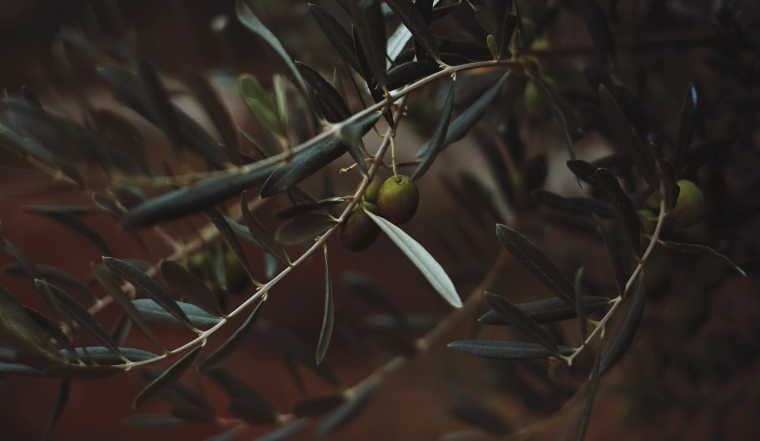
In Zenos’ olive tree allegory quoted in Jacob 5 of the Book of Mormon, there are four particular things that the Lord of the vineyard and his servants do to nourish the tree so that it can bear tame fruit.
- Grafting
- Pruning
- Digging
- Dunging
Instead of viewing the tree as the house of Israel, I would like to look at this allegory as if the tree represents us individually. How do these four things relate to how the Lord nourishes us personally?
Grafting
With plants, this involves taking tissue from one plant and joining it to another so that they become one if done properly.
Does God ever put something new into our lives that may initially involve some pain or trauma? Do we resist these things because they are different or uncomfortable and what would happen if we allowed them to persist and become a part of us?
Maybe we are unable to bear fruit in our current state and we require a wise God to graft an outside influence to us so that we can ultimately produce good fruit.
Pruning
Pruning improves the health of a plant by removing dead, dying, or diseased tissues so that the energy of the plant will go into the healthy parts. Pruning can sometimes traumatize a plant and it may need time to recover.
Does God ever cut things out of our lives? Maybe it is something that we do not want to lose but it gets taken anyway, not because it is bad per se, but because God in his wisdom deems it necessary.
What if we trusted God in what he chose to prune away from our lives so that he can shape us into something better?
Digging
As the Lord of the vineyard and his servants spend time walking around the trees the soil becomes compacted and hard preventing air and nutrients from getting to the roots and could harm the tree. By digging around the base and loosening the soil, air, water, and nutrients can reach the roots and allow the tree to breathe and flourish.
Do our lives ever feel like our ground has been compacted, fixed, and set so thick that nothing can penetrate down deep inside? Does God ever dig around our lives and break up all that hard-packed soil in what may feel a little like chaos and disruption?
Maybe God is trying to loosen things up for us so that something new can enter and bring us a breath of fresh air.
Dunging
Dung is spread over the base of the olive trees to fertilize the roots with nutrients.
Do we sometimes feel like we just had a bunch of crap dumped on us? Well, maybe it is all better for us than we might think. What looks to us as dirty, stinky, and unpleasant is actually a huge benefit to plants. We may see things that God puts into our lives as dirty, stinky, and unpleasant as well but what if they are just the things we need to fertilize us so that we can really begin to flourish?
Time
And it came to pass that a long time had passed away, and the Lord of the vineyard said unto his servant: Come, let us go down into the vineyard, that we may labor again in the vineyard.
Jacob 5:29
Note that none of these things the Lord of the vineyard and his servants did had an instantaneous impact. No, they didn’t even stay to watch, they did what they thought best and then they left and didn’t return for a “long time.”
This is because once the grafting, pruning, digging, and dunging were done, the tree needed time to absorb, heal, grow, and bear fruit.
Perhaps it is the same for us too. The Lord comes to us to add new things, take others away, disrupt our routines, and places seemingly unpleasant thing in our lives only to then leave us alone and see what we do.
This allegory is telling us something about God. He cannot force the trees to produce fruit, he can only create an environment where the best fruit is most likely to occur.
Corruption
When we feel like our lives are out of control or are not where we think they should be, perhaps we are resisting what the Lord is trying to do with us instead of trusting the hand of the Lord of the vineyard.
8 times the Lord of the vineyard says, “…it grieveth me that I should [lose this tree]” and he even weeps for his vineyard. In the allegory, the Lord of the vineyard loves the trees and struggles to understand why his vineyard became corrupted.
A servant suggests that it is the loftiness of the trees meaning their pride and self-importance. The branches overcome the roots “taking strength unto themselves.” Jacob 5:48
We can rely too much on the arm of the flesh, on our own strength that we corrupt ourselves and the efforts of the Lord of the vineyard fail to help us produce fruit.
Maybe this allegory, when internalized, can help us discover ways in which each of us are blind to the hand of God in our lives. Maybe we can see the ‘struggles’ around us with new eyes and begin to bear fruit.

